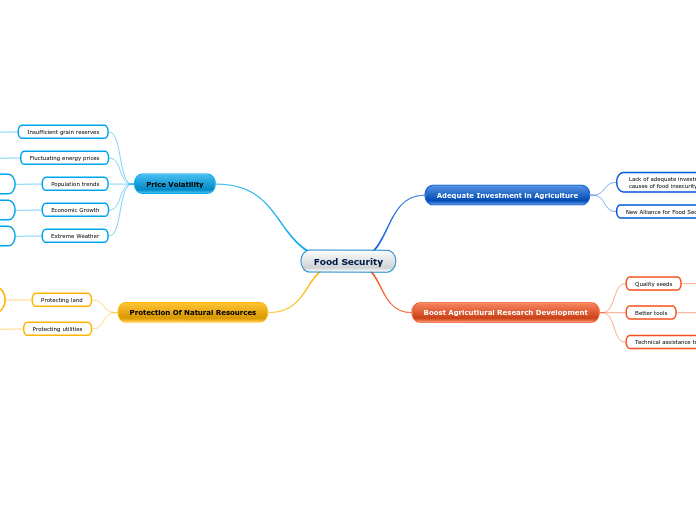von hatice şentürk Vor 5 Jahren
188
Successin AcademicWriting
Different types of writing are discussed, from business-style reports to critical reflective writing, with guidance on asking assessors the right questions. The role of visual elements, such as graphs, charts, and tables, is emphasized, along with their design and content.









